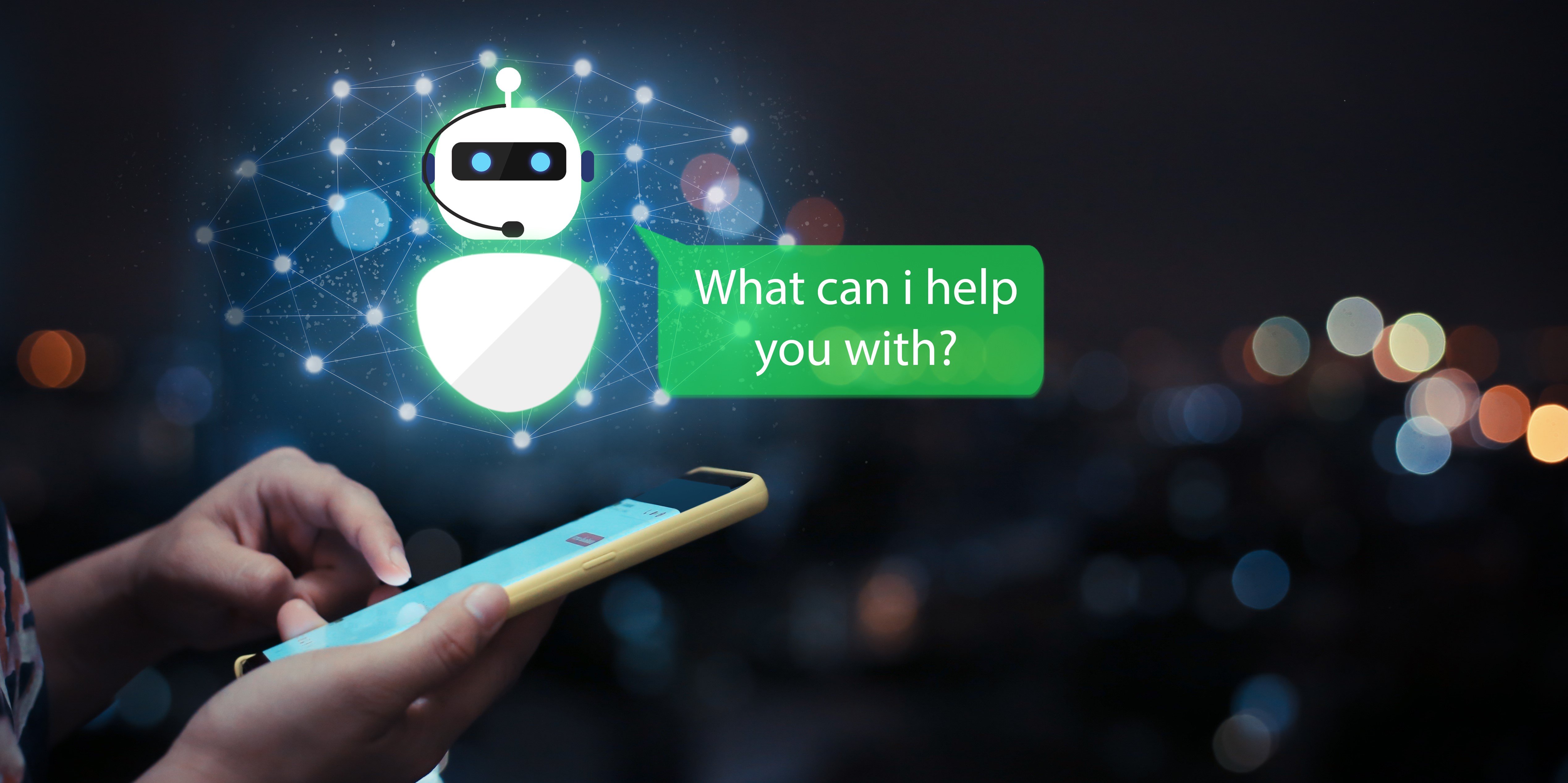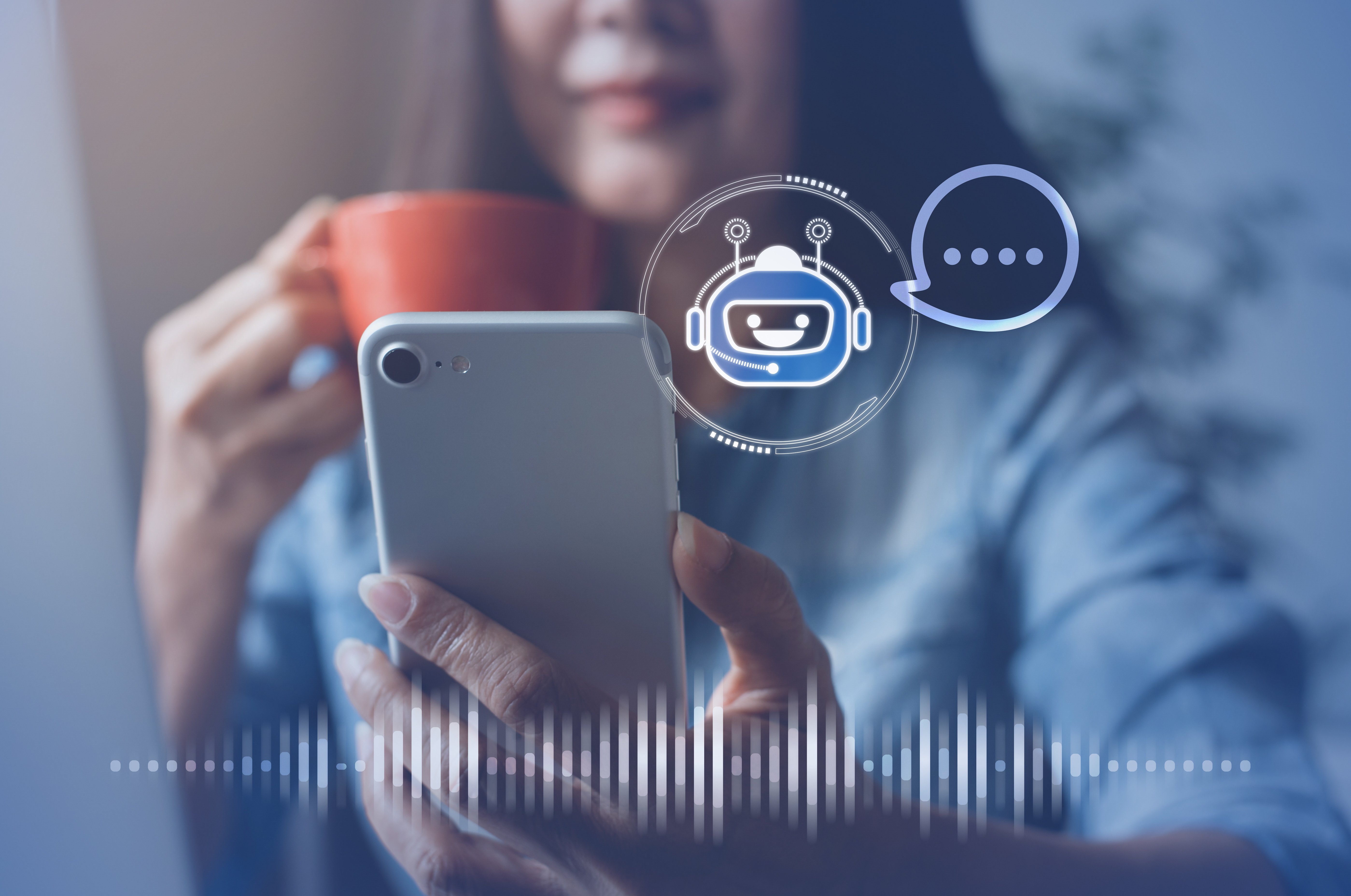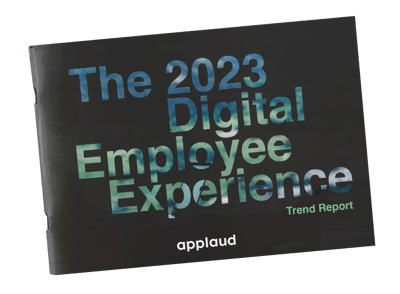“Alexa, what time is my doctor’s appointment?”
“Siri, how long should I boil an egg for?”
“Google, order me a ride to work.”
Conversational AI is one of the most powerful innovations transforming the consumer experience. And now conversational interfaces are finally getting the attention they deserve in the employee experience space, with HR chatbots and HR virtual assistants.
Empowered by great tech, most people today live seamless, interconnected lives – outside work. But during work, even routine tasks are often clunky and disjointed. In this article, we’ll show you how HR chatbots start solving that problem.
Keep reading to learn:
- What HR chatbots are, and why they matter
- How HR chatbots can transform your HR services
- How HR automation augments, not replaces, the human touch
- The different use cases for HR chatbots
- Why HR chatbots are just the start of a brighter future for HR
What is an HR chatbot?
Let’s start by looking at Oracle’s definition of a chatbot:
“A chatbot is a computer program that simulates and processes human conversation (either written or spoken), allowing humans to interact with digital devices as if they were communicating with a real person.”

An HR chatbot, then, is the application of this tech in the world of work. HR chatbots use conversational AI and Natural Language Processing to understand human speech. Then they automatically take next best steps based on those inputs. Like pulling up information or triggering an internal workflow, for instance.
In the consumer world, this functionality is almost everywhere.
HubSpot’s Not Another State of Marketing Report 2021 found, for example, that marketers’ use of AI increased by 190% from 2018 to 2020. In 2021, nearly half of marketers were using bots to automate better connection with customers.
Chatbots can order you pizza; book flights; recommend films; suggest outfits; curate playlists; arrange insurance; even offer health advice. If you’ve engaged with a brand in the last five years, you’ve almost certainly interacted with a chatbot.
And then you come to work.
Far from the fast, seamless experiences that’ve become the norm for consumer interactions, employees who need support at work are often confronted with complex, disjointed experiences. Often the most basic tasks are a mammoth undertaking, thanks to information sprawl and limited HR bandwidth to support.
Budgets for HR technology tripled in 2021 but the payoff has been mostly transactional and functional – not experiential. So new tools languish, with low adoption and engagement driving low ROI.
That’s the problem HR chatbots help solve.
What HR chatbots really do is automate the repetitive, manual parts of HR. So you have more bandwidth for value-add human-to-human stuff, and your people get what they need faster, without your team acting as a bottleneck.
In that sense, you can think of chatbots as more like HR virtual assistants. Let’s dig deeper into the benefits of adding chatbots into your HR ecosystem.
Why HR virtual assistants are your perfect partners
HR virtual assistants drive ROI across several areas:
- Increased HR efficiency
- Increased HR productivity
- Reduced HR admin
- Fewer internal support tickets
- Faster support ticket resolution
- Increased employee engagement
- Higher employee satisfaction
- Higher employee productivity
Think about how things work right now. You probably have something like 50 to 100 employees for every HR person (depending on various factors, which this great AIHR piece delves into). And let’s assume you’re reading this because you’re not already using HR chatbots or leveraging HR automation fully.
That usually means three things:
1) You’ve got heaps on your plate
2) You’re battling lots of inefficiencies, repetition, and manual work
3) Your team spend most of their time firefighting
When an employee has an issue and can’t find what they need, they come to HR. But because your plate is loaded and your bandwidth limited, you become a bottleneck.
How many requests for help are you juggling? How long does it take to answer each question? And what about questions from different time zones, or outside working hours?

HR gets stretched thinner and thinner—and more stressed, more frustrated, more burned out. And more caught up in reactive, operational, day-to-day mundanity that’s not an effective use of your skills.
And your employees experience the exact same. Stress and burnout increasing; engagement and productivity decreasing. How much time do your people lose to waiting around for answers? How much does that cost the business?
HR virtual assistants are the answer to these problems. Think of HR virtual assistants as a force multiplier for your team, so you can achieve more with less.
HR Technology Trends: Is Employee Experience top of the agenda for 2022?
Learn about the latest trends in human resources technology and understand how they will help create better employee experience. Read now.
And there’s a wider narrative to all this, too.
For the last handful of years, and accelerated by the pandemic, HR has been stepping into a less bureaucratic and more strategic role. That shift is only possible when businesses invest in the right HR technologies. Tech that empowers people leaders to lead people rather than chase forms, answer questions, handle support, and so on. To claim your deserved seat at the table, HR must become value-add enablers, not cost-center bottlenecks.
Let’s look at what HR chatbots might look like.
11 HR chatbot use cases
HR virtual assistants automate recurring, repetitive tasks your HR team usually handles manually. They can be basic interfaces answering simple queries with one-line responses or sophisticated, predictive virtual assistants that use machine learning to get more intelligent over time.
The sky’s the limit in terms of how you can use chatbots. You might think of a chatbot as being an obvious ‘how can we help’ type pop-up – and that’s certainly common. But an HR chatbot can refer to any automation that uses natural language processing (NLP) to process human speech data before taking action.
Let’s dive into some specific use cases for chatbots in HR.
1) Recruitment. Chatbots can be useful throughout your recruitment process (internal and external), to automate candidate comms, answer candidates’ questions, manage documents, track missing info, and gather feedback.
2) Onboarding. Integrate HR chatbots into your onboarding process, to tell your new hires what to expect, empower them to ask questions, and direct them to the relevant answers for them. In an engaging bite-sized way.
3) Company comms. Use a chatbot to notify your people when something’s happening, so they can ask questions and explore more detail at their own pace.
4) Training in the flow of work. HR chatbots can detect problems wherever employees are working, and offer contextual, intelligent assistance so they can get back to work.
5) Learning and development. HR chatbots could integrate with your L&D systems, asking employees about their needs and preferences and suggesting available learning paths.
6) Rewards and recognition. Chatbots could prompt team members to recognise when someone’s done a great job or has an important milestone coming up.
7) Absence management. HR chatbots can simplify how employees request, cancel, or change absences. Plus provide quick answers to absence-related questions (both HR’s and employees’).
8) Expense management. HR chatbots can streamline and accelerate how employees request and manage expenses, providing instant links to the right reimbursement processes and forms. Without hassle.
9) Employee feedback. Some teams use HR chatbot tech to prompt employee feedback—and take relevant next steps accordingly. Like asking follow-up questions, or scheduling a manager to review and discuss.
10) HR helpdesk chatbots. One of the best use cases for HR chatbots is as a virtual assistant for your HR helpdesks, answering employee queries, raising support tickets, or escalating if appropriate.
11) Managing appointments. HR chatbots are excellent at scheduling, integrating across calendars and automating the endless rebooking/booking tennis game.
At their most sophisticated, chatbots combine this functionality into a holistic HR virtual assistance function. As Oracle put it (they’re talking about consumer chatbots, but the employee world is catching up fast):
“Advanced digital assistants are also able to connect several single-purpose chatbots under one umbrella, pull disparate information from each of them, and then combine this information to perform a task while still maintaining context—so the chatbot doesn’t become “confused.”
In other words, we’re talking Siri or Alexa-type tech that’s context-aware, interactive, predictive, and offers a personalized experience. HR has traditionally always lagged the consumer sphere but that’s changing as organizations realize the importance of treating employees like valued customers. Like their most valued customers.
Chatbots don’t replace HR – they augment HR
A common objection to HR chatbots –and to digital HR more broadly – is perceived dehumanization. But that’s a misnomer. Chatbots and digital HR aren’t replacing people. They’re empowering people, to spend less time on repetitive, manual tasks and more time adding value.
The human touch will always have its place in HR. The psychological contract between employee and employer hinges on human connection, and HR has an important role to play.
But it also signals a move away from HR as administrator, towards HR as strategist; connector; enabler. This transition is already well underway, kicked into overdrive by the pandemic and the new demands placed on workforces and the HR teams who steward them.
HR chatbots, HR virtual assistants, and other HR innovations offer a huge opportunity for HR teams to progress towards a more strategic, more value-add function.
Beyond HR chatbots – towards consumer-grade HR
Through this article, we’ve been talking about how HR chatbots, or HR virtual assistants, are valuable as a tool to increase efficiency and productivity. And that’s certainly true.
But there’s a bigger story here too. Really, it’s about elevating your HR function to become truly consumer-grade. And, unless you have vast spare time and budget (ha!) elevating in a realistic way that doesn’t need a complete overhaul of your HR tech stack.
Come back to what we said earlier, about the disparity between consumer experiences and employee experiences.
Your people spend their weekend watching Netflix and listening to Spotify, interacting through a slick interface that knows exactly what they like. They order pizza through Uber Eats or Deliveroo, with personalized discount vouchers based on their preferences. They check their bank balance using a fingerprint or facial recognition. They turn the lights off using Siri or Alexa. Talk to the delivery people through their smart doorbell.
The list goes on, and on, and on.
And then they come to work.
Where you’re expecting them to generate the ideas and work that radiates these customer experiences outwards, while simultaneously treating them like they’ve fallen into the dark ages. It’s an artificial gap. Your people are your customers. And your customers’ experiences hinge on your people’s experiences.
That’s why employee engagement has skyrocketed to the top of most corporate agendas: because disengaged employees create disengaged customers. And disempowered employees create disempowered customers.
Empowering and engaging your people with consumer-grade HR is your quickest path, not only to fewer support tickets and less HR admin but to happier, higher spending, more loyal customers. Really, the only question is how fast you can get there.
Applaud’s workforce experience layer empowers you to raise the bar on employee experience, without reengineering your current HR systems. Watch this video to see why Josh Bersin thinks Applaud is the future:
Then find out why organizations like McDonalds, McKinsey and Barnardos trust us, with a personalized demo.
Want the big picture on Digital Employee Experience?
Download the full version of The 2023 DEX Trends Report, with insights from over 200 HR leaders, plus recommendations for the future.






-1.png?width=420&height=134&name=applaud_award_logos_aug2021_img%20(1)-1.png)